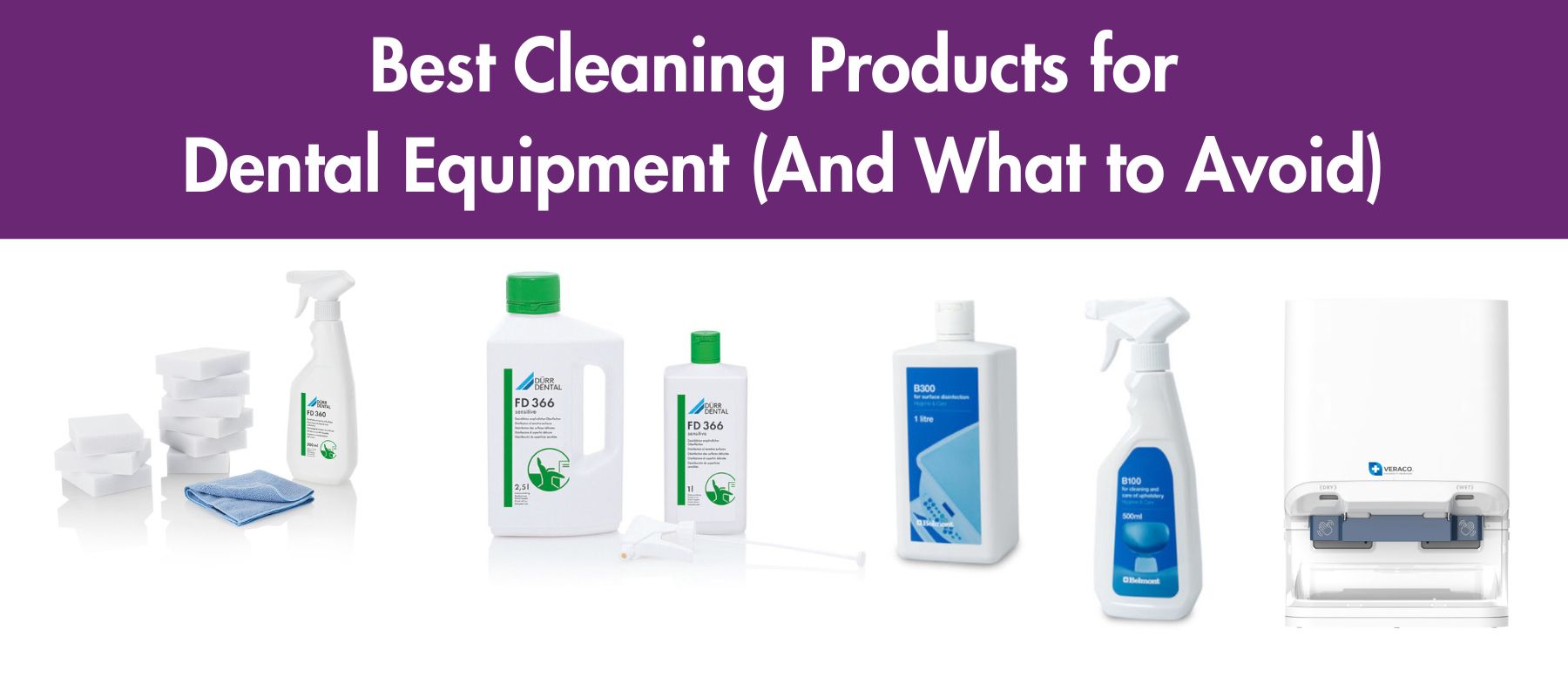
Your dental equipment is an investment, one that’s at the core of every treatment you provide.
The right cleaning products don’t just keep things looking spotless; they protect that investment, keep your practice compliant and help you avoid costly downtime.
Using products designed specifically for dental environments means:
Every piece of equipment, from your dental chair to your suction pump, has its own cleaning needs.
A surface spray that works perfectly on a light handle could damage chair upholstery. A waterline treatment like Alpron keeps your unit output water safe, but is harmful on surfaces.
We’ve aligned every tip with manufacturer guidance and UK HTM 01-05 decontamination standards, so you can be confident your cleaning routine protects your patients, your staff and your equipment.
Before you reach for a spray bottle or wipe, it’s worth remembering that how you clean is just as important as what you use.
Following these core principles will protect your equipment, keep you compliant, and make cleaning more effective.
Always use cleaning products exactly as the label and manufacturer recommend.
This means:
If a surface is visibly dirty, clean it first with a mild detergent or approved cleaner before disinfecting.
Dirt, dust and biofilm can shield microbes from disinfectants.
Microfibre or lint‑free cloths trap dirt without scratching.
Avoid paper towels, scouring pads, or anything abrasive. These can dull or damage surfaces, particularly plastics and upholstery.
Never leave liquid pooling on a surface.
After the required contact time, wipe off any excess and dry with a clean cloth.
This is especially important for metals like aluminium, which can stain or corrode if left damp.
More isn’t better. Excessive or overly frequent use of strong disinfectants can fade plastics, crack upholstery and shorten equipment life.
Stick to the recommended schedule and avoid mixing chemicals.
Disposable barriers on high‑touch points (chair headrests, light handles, x‑ray controls) reduce chemical exposure and speed up turnaround.
Replace barriers between patients and still clean those areas daily.
When using chemical products, particularly sprays, keep the area well‑ventilated.
This protects your team and helps surfaces dry more quickly.
By embedding these habits into your daily routine, you’ll not only keep your surgery clean and compliant, you’ll also extend the working life of your equipment and avoid unnecessary repairs.
Check out our Dental Chair Care & Cleaning Guide for more information and our video on How to Clean a Dental Chair Between Patients.
Choosing the right cleaning solution for each part of your dental surgery is essential.
A cleaner that works perfectly on a light handle might damage chair upholstery, and a waterline disinfectant won’t protect your suction system.
The chart below gives you a clear, at‑a‑glance guide to which products are suitable for each surface or system.
Every recommendation is:
Use this reference to quickly check:
Always follow the manufacturer’s instructions for dilution, contact time and frequency of use. This ensures effective cleaning without unnecessary wear to your equipment.
The HyGe Eco‑Smart Dispenser is a modern alternative to traditional wipes and spray bottles, designed to make surgery cleaning faster, more consistent and more sustainable.
Instead of storing multiple tubs of wipes and bottles of solution, HyGe combines two functions in one touch‑free unit:
This means you always get a freshly dosed wipe with the correct amount of cleaning solution. No guesswork, no dried‑out packs and no over‑spraying.
The HyGe solution is effective against clinical pathogens yet gentle enough for daily use on chairs, surfaces and controls.
By reducing waste and simplifying your cleaning station, it supports both compliance and sustainability in your surgery.
Many practices that have switched to HyGe report smoother cleaning routines, less chemical waste and better control over wipe usage.
If you’re looking to modernise your cleaning setup, the HyGe Eco‑Smart Dispenser is a smart investment that works alongside your core cleaning products.
Note: This product has not yet been approved by Belmont for use on their chairs.
Take a look at this cost calculator to see how much you could save by using this innovative system.
Even with the best products, poor cleaning habits can damage your equipment or leave you short of compliance.
Avoid these common pitfalls to protect your investment and keep your practice HTM 01‑05 ready.
Stronger or more frequent isn’t always better.
Excessive use of harsh disinfectants can:
Stick to the recommended frequency and never mix different cleaning agents.
Disinfectants need time to work, usually 1–2 minutes of wet contact unless the label says otherwise.
Wiping too soon reduces effectiveness and could leave harmful microbes behind.
Liquids can seep into control panels, touchscreens and joints, causing corrosion or electrical faults.
Always spray onto a cloth or use a pre‑moistened wipe instead.
Even approved products can leave stains or cause corrosion if left to dry in puddles.
Wipe dry after the correct contact time.
Daily wipes aren’t enough for suction lines, spittoons, or waterlines.
Build weekly deep‑cleaning products (like MD 550 for spittoons) into your maintenance schedule.
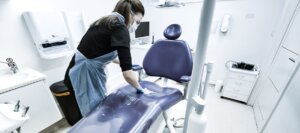
A good cleaning routine is more than a checklist; it’s the structure that keeps your equipment safe, compliant and ready for every patient.
Breaking tasks down into daily, weekly and monthly components helps your team stay consistent and makes CQC audits far less stressful.
(Between Patients & End of Day)
(Deeper Maintenance)
(Preventive & Intensive)
Pro Tip: Keep your routine visible. Print it, laminate it and place it at your cleaning station. It acts as both a reminder for staff and evidence of your infection control measures during inspections.
Your chair, waterlines and suction system may be the main focus of daily cleaning. But a truly compliant, professional surgery also maintains everything that patients and staff interact with.
Here are a few often‑overlooked areas to include in your routine:
Clinical handpieces and instruments have their own cleaning and sterilisation pathway, ultrasonic cleaning or washer‑disinfectors, then autoclaving, in line with HTM 01‑05.
By broadening your cleaning programme to include these areas, you’re protecting more than your equipment; you’re protecting your patients, staff and practice reputation.
It also means you’re far less likely to be caught off‑guard in a CQC audit.
Cleaning your dental equipment is about protecting your investment, keeping your practice compliant and ensuring every patient receives care in a safe environment.
By using the right cleaning products for the right job, following manufacturer guidance and keeping to a consistent routine, you:
At Eclipse Dental, we supply and support the trusted brands mentioned in this guide.
We can advise on:
Whether you need everyday disinfectant wipes, specialist suction cleaners, or innovative solutions like the HyGe Eco‑Smart Dispenser, we’re here to help you make the right choice for your practice.
📞 Call us on 01322 292222 or send us a message to order your cleaning products or get tailored advice for your equipment.
No. Household cleaners, bleach and solvent‑based products can damage upholstery, plastics and painted finishes. Always use cleaning products designed for dental equipment to protect your investment and stay HTM 01‑05 compliant.
Run a manufacturer‑approved suction disinfectant (e.g. Orotol for Dürr, Puli‑Jet for Cattani) at the end of each clinical day. Include a deeper clean weekly for best performance.
Yes. Wipe down chair upholstery between every patient using a low‑alcohol disinfectant approved for vinyl (e.g. FD 366 wipes or Belmont Chair Surface Disinfector). Weekly, use a gentle cleaner/conditioner to maintain softness and prevent cracking.
Alpron is not a surface disinfectant; it’s a waterline treatment that prevents biofilm inside your unit’s internal water channels. Surface disinfectants are designed for external use on chairs, delivery units and other touchpoints.
No. Use the suction cleaner specified for your system: Orotol for Dürr vacuum pumps, Puli‑Jet for Cattani systems. Using the wrong product may reduce effectiveness or damage the system.
Follow the product instructions. Most ready‑to‑use dental disinfectants don’t require rinsing, but if pooling occurs or residue is visible, wipe dry after the contact time to protect surfaces.
Use disposable protective barriers on high‑touch areas during patient care. This reduces the need for frequent chemical disinfection and helps preserve equipment surfaces.

I have used them for the first time in recent months for a complicated project in carrying out a practice refurbishment. Eclipse were meticulous and brilliant. Very knowledgable engineers and a beautiful finish to my practice. They really are a family based business who will look after you. Very professional company and will definitely keep using them.

I had my 2 surgery practice completely stripped out and services repositioned with new flooring, new equipment and redecorated. They kept to the agreed time scale and we were up and running in our state-of-the-art new surgery. Thank you Eclipse and I will be using your services again.
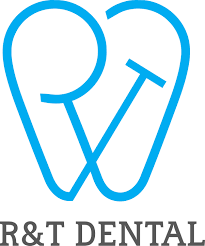
I did a lot of research looking for a dental fit-out company before I came across Eclipse Dental. They designed the surgery exactly the way I wanted it to look which suits my requirements perfectly. The final result was phenomenal, just phenomenal!
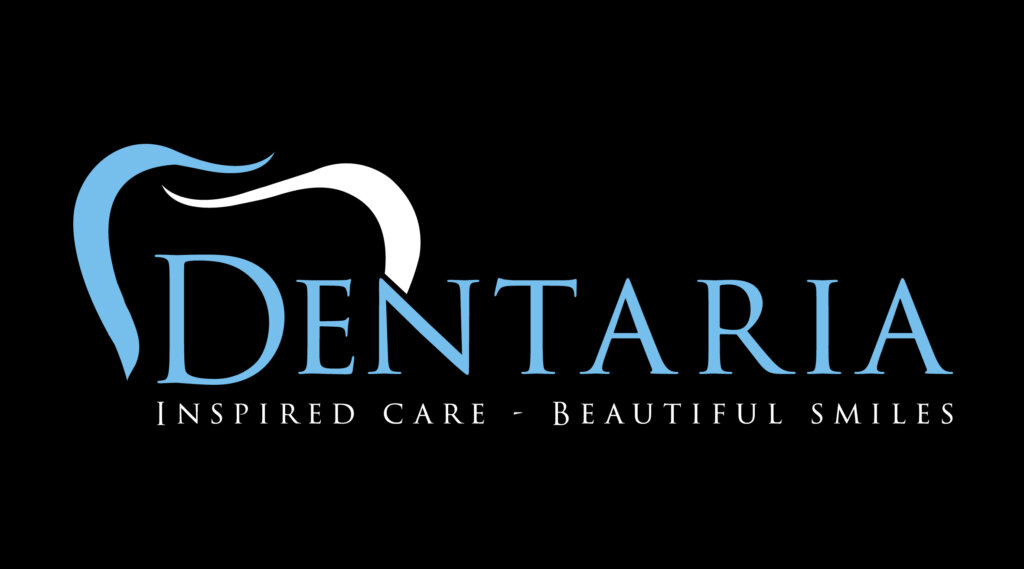
The engineers that attend our practice are very knowledgeable and always act in a professional manner. If we have an emergency situation John Boyt always tries his best to fit us in. I have no hesitation in recommending Eclipse Dental Engineering to you for all your servicing and breakdown needs.

Eclipse listened to my ideas, they added a lot to them and improved my initial design. They had loads of realistic and creative ideas for a 21st century dental practice! Two surgeries were refurbished on time without any interruption of our clinics.

We would highly recommend the awesome Eclipse team who guided us through the design process, finishing touches and colour schemes. Their ability to combine build works with equipment and dental engineering makes it so much easier and better value.

I am very pleased with the result, it is of a high quality and surpassed my expectations, on the strength of the work done I commissioned some extra wall cabinetry. The whole process was hassle-free and I would be very happy to recommend Eclipse to my friends in the business.
We used Eclipse recently in an emergency as we had equipment failure. They were very quick to respond to our call and were able to get us working again within 2 hours. The engineer was very friendly and professional and I would highly recommend this company.

I would like to express my gratitude to you and your team for your professionalism and prompt response when our dental chair packed up. You attended the same day, removed the damaged chair and installed a rental to allow us to continue practising.
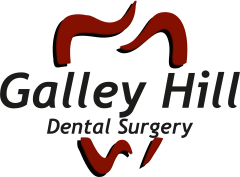
Having dealt with many fit-out companies over the years, Eclipse Dental has been one of the most professional, dependable and sincere companies I have ever worked with. I would not hesitate to use their services again.
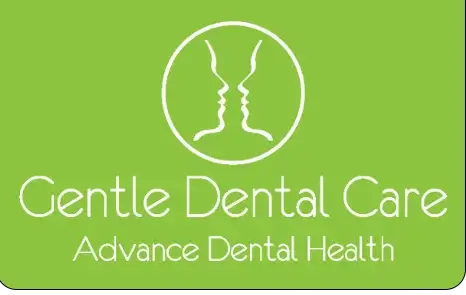
Excellent service, Eclipse have worked tirelessly for us and have always come out same day if we have a problem stopping us working. Thanks to all at Eclipse.

Their awareness of CQC regulations regarding equipment relocation and our necessity to minimise downtime was brilliant. We would like to recommend Eclipse Dental to anyone considering a refurbishment or relocation.
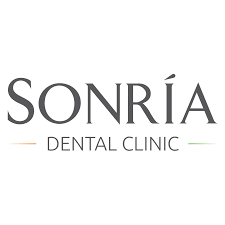
Very happy with the service and reliability of the team. From the beginning to the end, everyone was always helpful and very kind. I definitely will recommend Eclipse Dental!
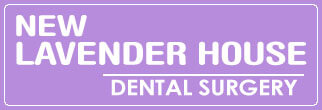
I liked how swiftly the projects were done. Everything was managed, everything was timed and everything was coordinated. And every day we saw something happening. It was very exciting.

The quality of craftsmanship was exceptional—the cabinetry, flooring and all custom elements were made precisely to our specifications and aligned perfectly with our vision for the space.

Brilliant. Just professional! Complete refit of surgery. Flawless.

The boys did well! We didn’t give them much time to prepare but they did a great job, extremely pleased.
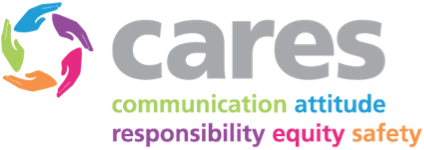
We have had the chairs for some time now and are happy with them. They serve what we need them for. The aftercare service is excellent

Eclipse are very flexible and listen to your needs. We are very impressed with the quality of workmanship they delivered. I would not hesitate to continue recommending Eclipse.
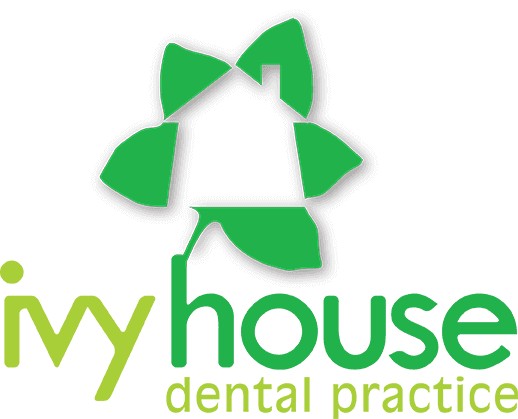
Eclipse were always accommodating of any requests and would always go the extra mile. I look forward to working with them for many years to come.

We are delighted with the end result. The practice looks good and, more importantly, works ergonomically and efficiently.